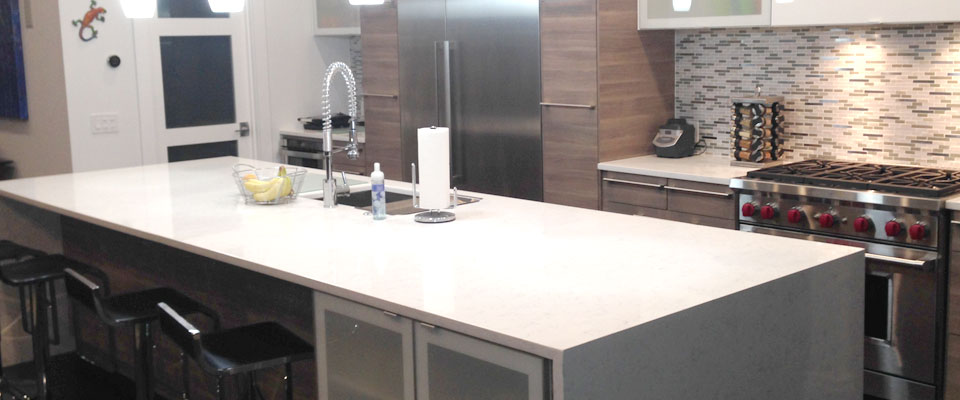In a report we recently published we looked at how the Internet of Things (IoT) would impact the retail world. One area we focused on was the food and grocery portion of retail. An idea we explored was how IoT could allow grocers and other players within the food supply chain to extend their reach beyond the store shelf and into the shelves in our pantries and refrigerators. Eventually grocers and manufacturers could leverage this connectivity to better understand demand patterns, usage and even correlations between different items. This use case has taken another step closer to becoming a reality.
Companies like Orange Chef have started to market and sell “smart counters.” Granted the one offered by Orange Chef is more of a chopping block sized device for your kitchen, but let us project out into the future. These counter tops aren’t so much about whether or not you want black granite, Azul Macauba or a fine Italian marble, but how many sensors, beacons and connected nodes your new kitchen counter tops will contain. The smart counter top will be able to identify what you are placing on it. For example you may place on it a nice

About to get a whole lot smarter!
salmon steak or some lamb shanks. The smart counter will then be able to offer you ways to prepare the food offering you recipes and other items you may want to include. The counter will also be able to tie back into your wearables as well as other applications. Training to run a marathon and using your smart phone to keep track of your progress – maybe that bacon isn’t what you should be eating this close to race day – your counter top will tell your phone or wearable, which will tell you. Trying to cut back on red meat – the smart counter will keep tabs on what you are preparing for your dinner. This is a great example of the kitchen becoming smarter and more interactive.
It is not a big leap to go from the kitchen and your counter top being proactive in your meal preparation to being tied into a larger network – say in your neighborhood – that would communicate with local grocers and even distributors to better manage what they stock. Maybe the paleo diet is catching on your neighborhood, if the smart kitchens figure this out, the local stores might want to ramp down on some of their processed food orders.
Of course this will also come with the expected questions around privacy and information sharing. Will consumers trust the likes of Tyson Foods, Mondelez, Kraft, Dannon and other large food providers to have access to such data? If these companies or a third party (think Nest for your grocery bill) can demonstrate or help consumers with their spending then consumers will become more at ease with sharing their information. The fact that households in the United States spend on average $166 a month on energy – the target for Nest – yet they spend 30% more a month on their grocery bill (based on U.S. Department of Energy and the U.S. Bureau of Labor Statistics) would indicate that there is an opportunity for enhanced intelligence to be applied to this sector. IoT empowered devices could bridge that last consumer mile for grocers, CPG and food manufacturers.
We wouldn’t just have our mothers and significant others to remind us that late night ice cream isn’t good for us, our smart kitchen will do it as well.
Resources:
Retail: Prepare for the Internet of Things



